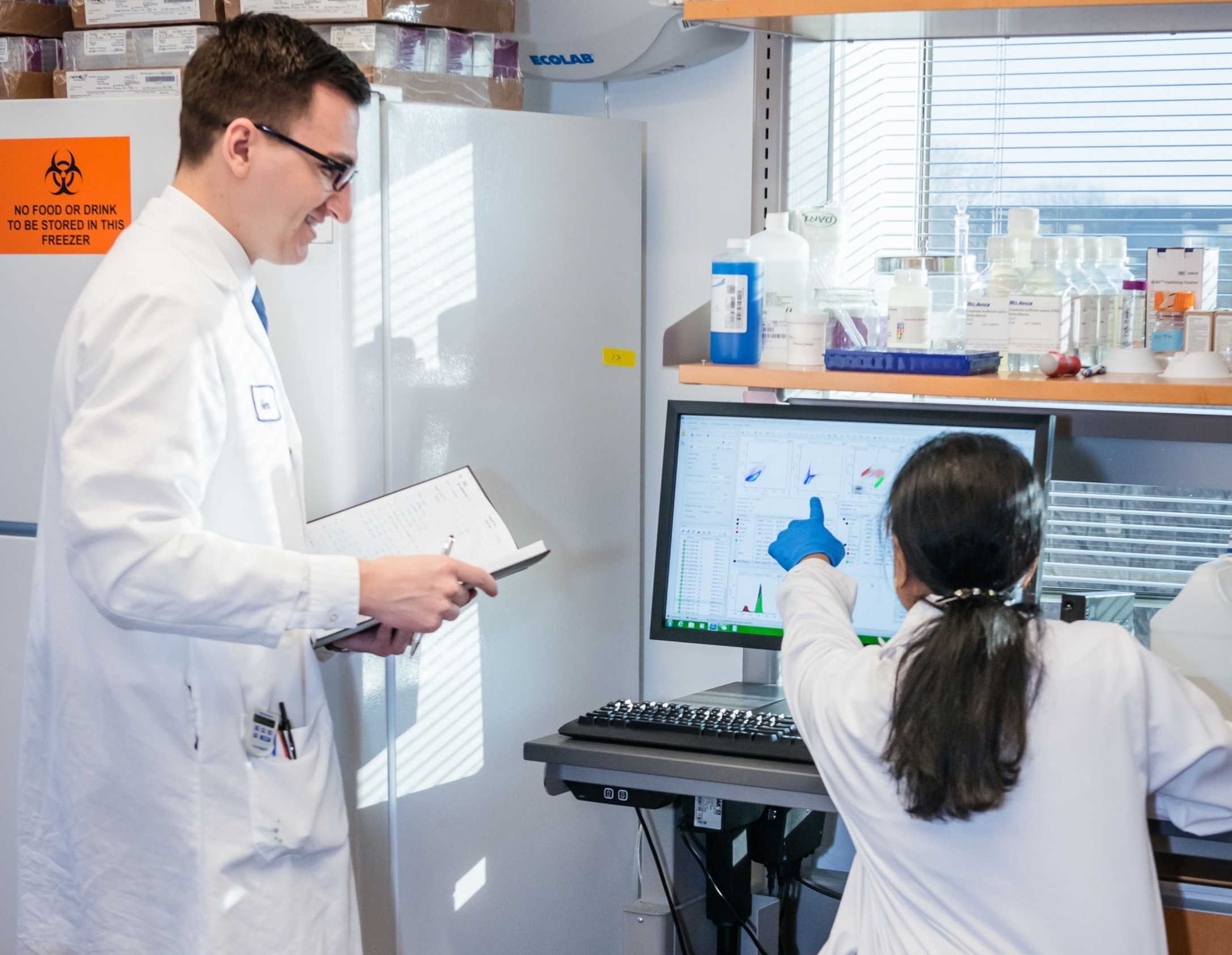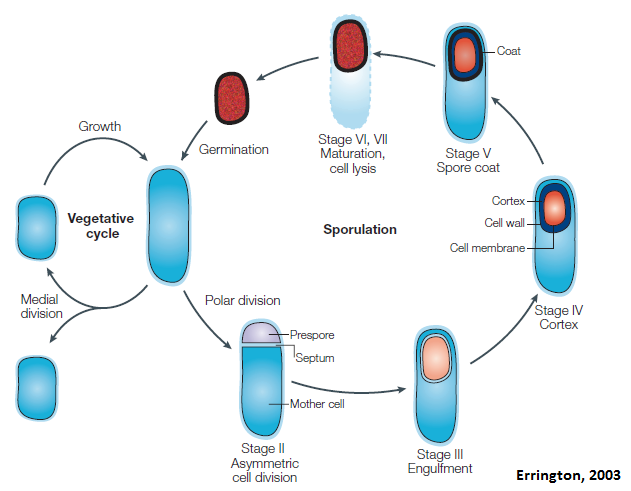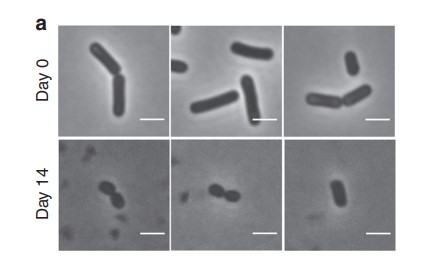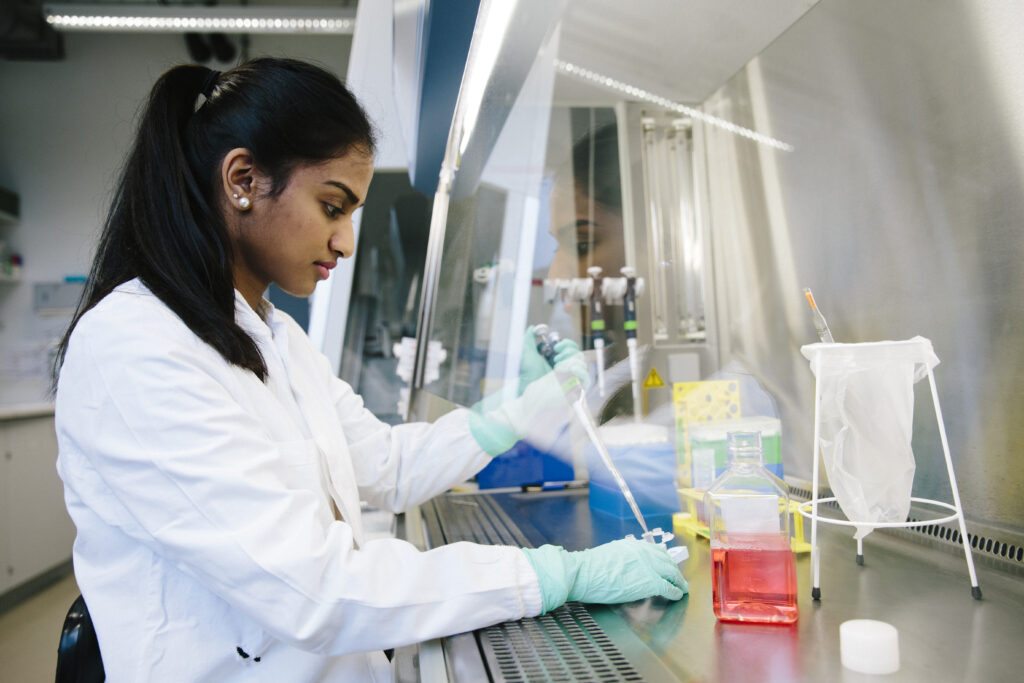Growing Bacillus can be fun! Introduction

If you are in the business of growing Bacillus, you are probably enjoying strong demand for its use in various applications across multiple industries. The research community has known Bacillus and its various benefits for more than a century. However, there is a better understanding and appreciation for some of its unique features such as the ability to use different sources of nutrients, grow in extreme temperatures, survive in harsh conditions, live symbiotically with animals and generate various metabolites. These features have made Bacillus not only scientifically captivating, but also relevant to biotechnological research and development for commercial applications in Bio-Pharma, Probiotics, Plant Nutrition, Biocontrol and many other emerging markets.
Now, let us take a deeper look at what makes Bacillus unique among other microorganisms:
1. Natural occurrences: In 1870, a German scientist by the name of Ferdinand Cohn isolated a bacterium from boiled hay infusion and named it Bacillus subtilis, meaning “thin rod”. He spent the following years recording the first description of its life cycle and special features. Today, more than 300 Bacillus species have been isolated from the most peculiar of sources – soil, human and animal gut, rocks, air, dust, water, and food – from thousands of meters below the sea level to tens of kilometers in the stratosphere. The Bacillus genus has one of the widest spectrums of natural habitats and that is in part due to its elaborate life cycle.
2. Life Cycle: Bacillus species can exist in one of three growth forms – vegetative, spore (Figure 1), and oligotrophic (Figure 2). During vegetative growth, the cells divide rapidly, produce high concentrations of various metabolites but are susceptible to heat, desiccation, and harsh chemicals. On the other hand, in the spore form, the cells are dormant, produce no metabolites but are highly resistant to heat, desiccation, and chemical treatment. In the more recently discovered oligotrophic growth the bacterium can also survive in limited nutrients for an extended period of time; taking as long as 4 days for the population to double. Depending on the environment and own metabolic needs, the population can transition back and forth between any one of the three states.

Figure 1. The sporulation cycle of Bacillus subtilis. This simplified schematic shows only the key stages of the cycle (Errington, 2003)

Figure 2. Phase contrast images of B. subtilis cells in the beginning (day 0), and after 14 days of incubation in starved conditions. Day 14 shows oligotrophic morphology. Scale bar is 2 µm (Gray 2019)
3. Spore forming: Bacillus is one of the few among the Bacteria Genera that has the ability to form spores. Spore forming Bacillus species with health benefits are good candidate for probiotic applications because of their ability to survive spray drying and other extreme treatments during commercial production. Because of this unique feature, many new commercial end user applications in food and beverage are also being developed where Bacillus can survive and maintain the original potency for a longer period.
4. Robustness: Bacillus is capable of producing a wide range of metabolites in abundance when it has access to the right resources and growth environment. Vegetative growth stage is preferred when you want Bacillus to produce enzymes, acid, vitamins and many other secondary metabolites. The portfolio of metabolites that Bacillus can produce, combined with the number of attributes or benefits it generates, provides huge opportunity for number of use-cases in various industrial applications.
All this may sound very exciting and fun when you start learning and experimenting with Bacillus. When it comes to growing Bacillus in a controlled environment with specific objectives, it is a totally different ball game. While Bacillus can do a lot of things for you, it is important to make sure it does what you want in the right way! Here are few insights we have learnt doing countless fermentation experiments for our clients over the years:
1. Clear end in mind: It is very important to clearly articulate your success criteria during fermentation experiments. As we have seen above, Bacillus is a great workhorse and can do many things for you. For example, if you want the Bacillus to produce spores, it is critical to set goals for your final biomass, growth rates, time and compare with the appropriate base line.
2. Media selection: Bacillus is capable of utilizing many food sources at various levels. Typical media recipe for fermentation will have a combination of nitrogen, carbon, salts and other minerals in various proportions. It is important to remember, “more is not necessarily better”. The metabolic system of a microorganism is complex and when provided with improper nutrient types or the correct ones in excess, the productivity very often is negatively impacted. Therefore, providing the right nutrients at the optimal concentrations to achieve the highest possible productivity should be considered.
3. Conducive growth environment: While it is important to provide the right nutrients for growth, it is equally important to ensure external environment is conducive for the growth of the microorganisms. It is critical to set and monitor the seed, temperature, pH, time, and oxygenation at optimal levels during fermentation for the microorganisms to be most productive and efficient in its output.
4. Beware of unwelcome guests: While Bacillus’ robustness is considered an asset, it could also be a challenge during controlled fermentation application. Consider an example, in which you are trying to maximize spore counts for a probiotic application. A little higher than optimal carbon dosage can result in the Bacillus producing excess acids or other metabolites with undesirable outcomes and complications that would be detrimental to the final outcome of the fermentation.
Summary:
Bacillus is unique with lots of strengths and challenges when grown in a controlled environment for commercial application. In our next Bacillus blog series, we will be sharing more insights on working with Bacillus on specific applications.
Understanding the optimal conditions for fermentation, performing media optimization studies, and scaling up to production volumes can be resource-intensive and time-consuming tasks. However, working with a partner with detailed knowledge of the nutrients (nitrogen, growth factors, minerals, vitamins, and carbon) and fermentation conditions (seed, temperature, pH, time, and oxygenation) suitable for each application can accelerate efforts towards achieving your business goals in a relatively short amount of time.
References:
Errington, J. (2003). Regulation of endospore formation in Bacillus subtilis. Nature Reviews Microbiology, 1(2), 117–126. https://doi.org/10.1038/nrmicro750
Gray, D. A., Dugar, G., Gamba, P., Strahl, H., Jonker, M. J., & Hamoen, L. W. (2019). Extreme slow growth as alternative strategy to survive deep starvation in bacteria. Nature Communications, 10(1). https://doi.org/10.1038/s41467-019-08719-8
Raddadi, N., Crotti, E., Rolli, E., Marasco, R., Fava, F., & Daffonchio, D. (2012). The Most Important Bacillus Species in Biotechnology. In Bacillus thuringiensis Biotechnology (pp. 329–345). Springer Netherlands. https://doi.org/10.1007/978-94-007-3021-2_17
Hong, H. A., To, E., Fakhry, S., Baccigalupi, L., Ricca, E., & Cutting, S. M. (2009). Defining the natural habitat of Bacillus spore-formers. Research in Microbiology, 160(6), 375–379. https://doi.org/10.1016/j.resmic.2009.06.006
Zeigler, D., & Perkins, J. (2008). The Genus Bacillus. In Practical Handbook of Microbiology, Second Edition (pp. 309–337). CRC Press. https://doi.org/10.1201/9781420009330.ch24
Elshaghabee, F. M. F., Rokana, N., Gulhane, R. D., Sharma, C., & Panwar, H. (2017). Bacillus as Potential Probiotics: Status, Concerns, and Future Perspectives. Frontiers in Microbiology, 8. https://doi.org/10.3389/fmicb.2017.01490


